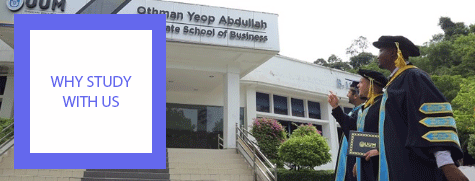By Zaleha Othman et al. (2014)
Motivated by the recent debacle about corruptions in Malaysia, our project was designed to explore the concept of corruption in a social reality of the Malaysian environment. A particular focused of our project was to understand why corruption occurred and more importantly, how to fight corruption. Notably, the characteristics of the discussion was based on the subjective methodology paradigm, specifically interpretivist epistemology. The interpretivist epistemology produced an insightful understanding of corruption within the context of this project. We found multifaceted dimension of corruption. We found a typology of corruptions delineated the story line of our research in regards to why corruption occurred. Consistent with Rose-Acker man’s Typology of Petty and Grand Corruption, we found two primary types of corruptions, which we themed as petty corruption and grant corruption. Petty corruption is a small scale corruption, often conducted by individual. Grant corruption, however, bring the meaning of corruption conducted at higher level and often in the public sector Grant corruption based on the voiced of our subjects, mainly involved government sector where the opportunity for corruption is higher. Further insight indicated bureaucratic and political corruptions were the two components of grant corruption. Bureaucratic corruption and political corruption were associated with misused and abuse of power conducted by government servant and authorized officials for personal gain.
Interestingly, our findings found nine dimensions of why corruption occurred in Malaysia, which were; economic factors, social factors, political factors, moral decay, power factors, system and process flaws, human factors, environment and ‘know how’ effect. The findings extent Zimberlman and Albretch (2012) fraud triangle which only explained three dimensions (pressure, opportunity and rationalization) of why fraud (i.e. corruption) occurred. In addition, our findings also extend the Model of Corrupt Action established by Rabl and Ku¨hlmann (2008). Also, the findings indicate prevention is an element that can be designed to fight corruption. We found prevention measures need to be nurtured and educate to the people. Our data revealed that process of educating the people should be designed to support objective of eliminating corruption and create corrupt free environment. Our study adds value to the existing literature where the findings revealed corruption would destroy Malaysia economically, and socially as it undermines the development of our nation and hampered development of human race.
Related publications:
- Zaleha Othman, Rohami Shafie and Fathilatul Zakimi Abdul Hamid (2015). Corruption: Why do they do it? Procedia - Social and Behavioral Sciences, 164, 248 – 257. doi: 10.1016/j.sbspro.2014.11.074
- Rohami Shafie, Zaleha Othman and Fathilatul Zakimi Abdul Hamid. (August 2014). Corruption: Why Do They Do It? Proceeding International Conference on Accounting Studies (ICAS), Kuala Lumpur.
- Rohami Shafie, Zaleha Othman, & Fathilatul Zakimi Abdul Hamid. (2013). Corruption – The poison ivy. Ministry of Higher Education Malaysia (MOHE) Research. Sintok, Kedah. ISSN: 978-976-0334-82-09 (DVD). 978-976-0334-81-3 (Print).











